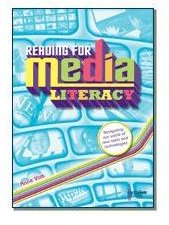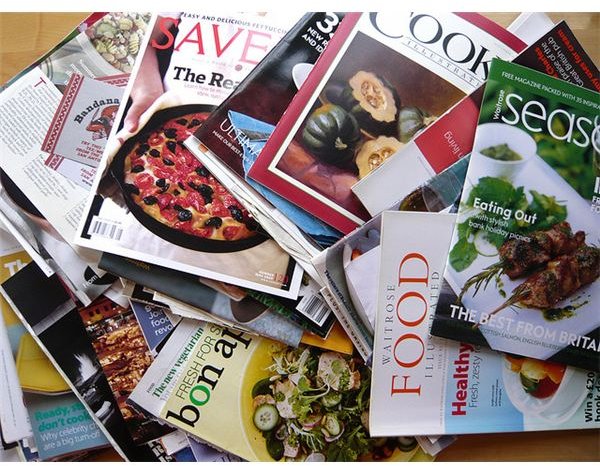A Lesson Plan on Advertising and Media Literacy for Middle Schoolers (Includes Modification Tips)
Class Exploration
To begin this advertising lesson on media literacy and technology in the classroom, allow students to freely explore some print magazines and newspapers. Place these on a few tables around the room and encourage students to flick through the pages, noticing which pages they find interesting and where they find their eyes being drawn as they browse.
Call your students together for a bit of a round table discussion about what they have observed.
For some groups, you may need to lead this phase of the lesson yourself, and provide prompts and guiding questions to move the discussion in the desired direction. Prompts could include asking:
- What pages did you look at?
- When you looked at a page with an advertisement on it, what did you notice?
- Which parts of the page did you find yourself looking at first?
- From which direction did you flick through the pages - front to back or vice versa?
These prompts will help you set the scene for the next stage of the lesson - discussing and learning about advertising techniques.
Review Advertising Principles with Your Students
Advertising is often based on a simple principle:
AIDA - Attention, Interest, Desire, Action
-
Attention: Gain the reader’s attention through photos (often of people or faces), headings, colors or animation (in the case of online magazines or E-zines)
-
Interest: Maintain the interest of the reader by making a promise, continuing a colorful theme, providing information about a product or service or using greater detail to make a reader want to continue reading
-
Desire: Help the reader decide they desire the product, often by making a link between the reader and the people or group shown in the advertisement.
-
How often have you seen an ad for coffee, for example, where there is a wholesome, loving group of people sharing some quality time together as a group, shot in slightly out of focus vision with evidence of an active, fun-filled day shown in the background? The message is simple - drink the coffee, be part of this group, experience this feeling.
-
Action: The most important part of the advertising message – prompt an action from the reader - NOW.
-
This can be ‘click here’, fill out this coupon, buy the product, join the gym now, etc.
-
For some students, especially those with special needs, there is an element of danger here as these students can often be more susceptible to a call to action than other readers, and may be tempted to spend more than they should or buy items they don’t really want or need.
Collect Your Own Advertising Samples
For the final part of this lesson, ask students to work in small groups to collect samples of advertisements and paste them onto a display board or large sheet of paper.
- Encourage them to write freely on the paper and make comments to indicate how the advertising is working to persuade a reader.
- Promote labelling of the page using clear arrows, neat hand writing and organised layout where appropriate.
Note, for some students, it may be wise to use technology such as a quick print out of a word document cut into strips for labels rather than focus on handwriting.

This activity is just one way of introducing media literacy and technology in the classroom - adapt the activity using other strategies as needed in your setting.
For more ready-to-go advertising lesson plan ideas, try Reading for Media Literacy - Navigating the World of New Texts (written by yours truly, Anne Vize, Curriculum Corporation, 2009).
The book includes plenty of ready-to-use activities and pages you can photocopy for use with your students.
References
- Magazine pile, WordRidden/Flickr
